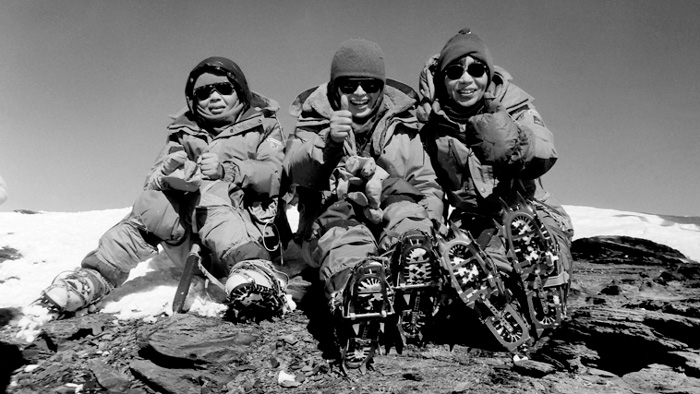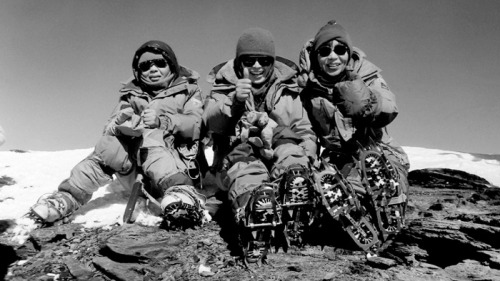Junko Tabei was born in Japan, in a small town called Miharu in the Fukushima prefecture in 1939. She was born as the 5th in the family of 7 children, was only 147 cm tall and was marked as a fragile and weak child.
Her interest in climbing was triggered during a school trip which included climbing on the Mount Nasu in Japan at the age of 10. The climbing was quite an expensive hobby in that period, and she did not come from a wealthy family so she only did a few climbs during her high school period.
After finishing high school, she enrolled in a Shoba Womens University where she was a member of a mountain climbing club. As climbing was seen as a primary masculine activity back then and womans role was closely linked to the house and the family, the male climbing club was not showing her acceptance she was hoping to get.
After finishing college, she organized her own Ladies Climbing Club with their primary moto being: Let’s go on an overseas expedition by ourselves and was first women club of that kind in Japan. During that period, she climbed various mountains like Fiji in Japan and Matterhorn in the Swiss Alps and became a familiar name among the Japanese climbing scene.
Tabei’s LCC contained a team known as the Japanese Women’s Everest Expedition (JWEE) that was formed with the goal of attempting to summit Mount Everest. After successfully climbing Annapurna III the woman decided that they are ready for an attempt of summiting the Everest. They applied for a licence and were approved of attempting the climb in 1975. Unlike today, the Nepali government were issuing just one permit per season so they were made to wait until 1975 and used the waiting period to prepare and gather funds for the expensive expedition.
In early 1975 the group of 15 women set off to Kathmandu. They planned to use the same route Sir Edmund Hillary and Tenzing Norgay used when summiting the peak for the first time in 1953. The climb was not without problems as their camp was struck by an avalanche. Fortunately, there were no victims, but it took them a couple of days to recover from the unfortunate event. Twelve days after the avalanche, on 16 May 1975, with her Sherpa guide Ang Tsering, Tabei became the first woman to reach the summit of Everest.
Following her climb on Mt Everest Junko continued climbing all over the world and soon became the first woman to complete the Seven Summits the highest mountains on each of the 7 continents. She remained active until her death in 2016, enjoying not only in active climbing but also focusing on environmental issues and ecological concerns and researching the impact of the garbage left on mountains by climbers. She was also the director of a preservation organization, the Himalayan Adventure Trust of Japan.




